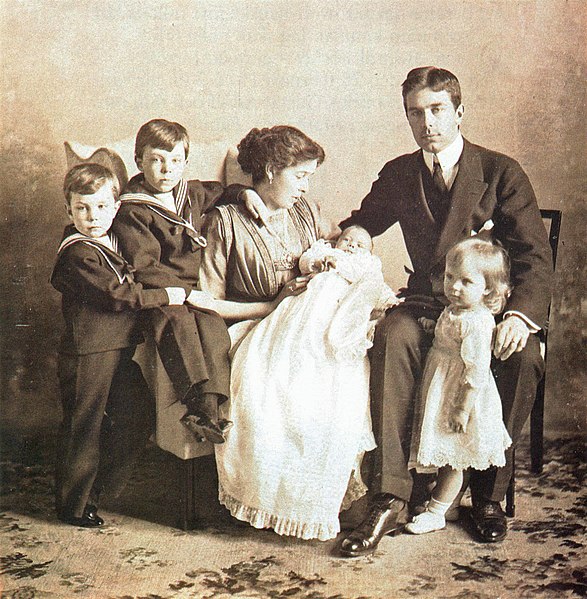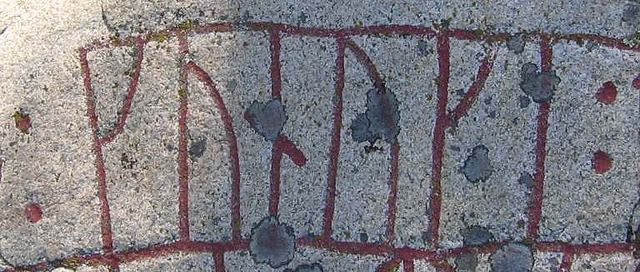Gustaf VI Adolf was King of Sweden from 29 October 1950 until his death in 1973. He was the eldest son of Gustaf V and his wife, Victoria of Baden. Before Gustaf Adolf ascended the throne, he had been crown prince for nearly 43 years during his father's reign. As king, and shortly before his death, he gave his approval to constitutional changes which removed the Swedish monarchy's last political powers. He was a lifelong amateur archeologist particularly interested in Ancient Italian cultures.
Gustaf VI Adolf in 1962
Gustaf Adolf wearing his ducal coronet in Stockholm Palace circa 1900
Crown Prince Gustaf Adolf meets some English footballers (c. 1910–1914).
Gustaf Adolf with his first wife, Margaret, and their children in 1912
The monarchy of Sweden is centred on the monarchical head of state of Sweden, by law a constitutional and hereditary monarchy with a parliamentary system. There have been kings in what now is the Kingdom of Sweden for more than a millennium. Originally an elective monarchy, it became a hereditary monarchy in the 16th century during the reign of Gustav Vasa, though virtually all monarchs before that belonged to a limited and small number of political families which are considered to be the royal dynasties of Sweden.
Monarchy of Sweden
kunuki, i.e. konungi, the dative case for Old Norse konungr ("king"). A runic inscription of the 11th century (U11) refers to King Håkan the Red.
Gustav I, portrayed here in 1542 by Jakob Binck, legally created the hereditary monarchy and organized the Swedish unitary state.
The Lion of the North: King Gustavus Adolphus depicted at the turning point of the Battle of Breitenfeld (1631) against the forces of Johann Tserclaes, Count of Tilly








